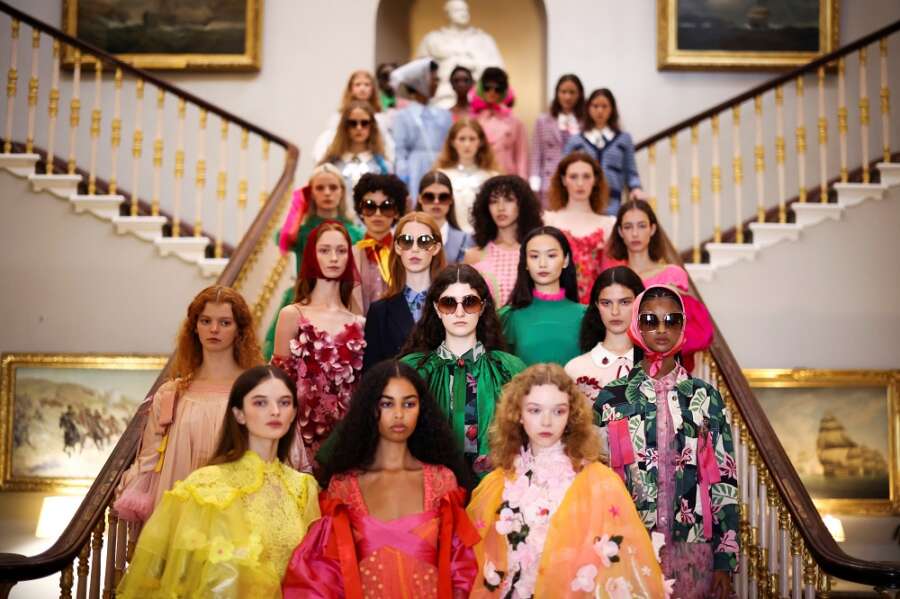
- Sustainability and ethics continue to dominate and define the fashion industry
- Luxury brands are spoken about more by consumers, but not necessarily favoured
- 99% of conversations around fast fashion are from millennials or younger
London 2022 – Leading consumer intelligence platform Talkwalker releases its latest report, Luxury vs Fast Fashion. The new report examines the rise of fast fashion brands, the impact of this rise on the luxury market, and the blurred lines between the two.
The latest research reveals that the likes of Shein, ASOS, Boohoo, and PrettyLittleThing are now mature disruptor brands, who are maturing at their peak, and are hot on the heels of luxury brands in terms of conversations surrounding fashion.
As sustainability continues to dominate and define the fashion industry, challenger fast fashion brands are shaking things up, by developing products people want at the price and convenience level consumers now demand.
For both luxury fashion houses and fast fashion brands, sustainability and ethics are hot topics. With Burberry banning the use of exotic leathers, Gucci launching a genderless collection and Louis Vuitton reducing carbon emissions by 2030, it is clear that luxury houses are keeping a close eye to align with new consumer behaviours. Fast fashion brands have a big challenge ahead to align with consumers’ growing demand for ethical change.
Luxury brands are spoken about more by consumers, but not necessarily favoured, with sustainability, customer service and support as key conversation drivers. Fast fashion on the other hand, is surrounded by more operational conversations focusing on convenience and service. Words like ‘easiness’, ‘speed’ and ‘seamless’ are amongst the most used when talking about the online shopping experience, something that luxury brands cannot vent about.
For the newer challenger fashion brands struggling to break through into mainstream media despite their maturity, social media platforms such as Twitter dominate the conversations. Those driving online conversations are often largely from younger demographics. This is overwhelmingly true for the fast fashion brands where almost 99% of conversations are from the social profiles of millennials or younger.
Jack Richards, Marketing Lead, Northern Europe at Talkwalker says:
‘With the fashion industry contributing a whopping £26bn to UK GDP, fast fashion brands are demonstrably making inroads. The challenge for many luxury brands is to retain their share of the market, whilst not diverting from their authentic self. The rise of these fast fashion brands is a clear example of brands that understand the wants and needs of consumers and are closing the gap with luxury fashion houses
‘Everything you thought you knew about your consumers, from who they are, to where they hang out, to how they feel about your brand has changed. It’s only those that are getting close to the data and understanding emerging consumer behaviours that really have the inside track.’
To discover more, you can download the Luxury vs Fast Fashion report here.


